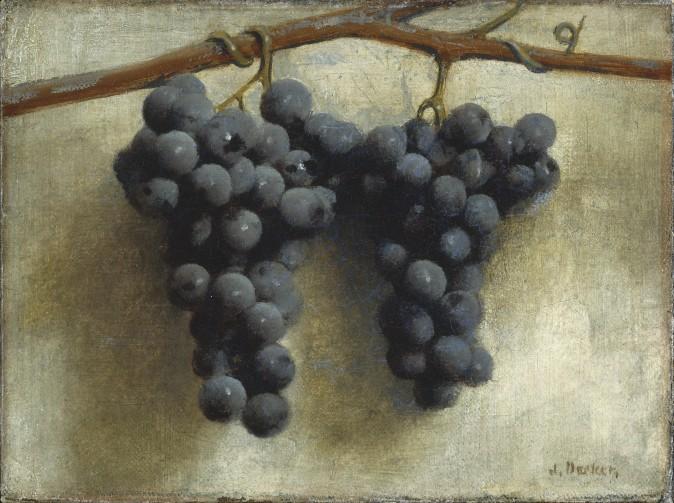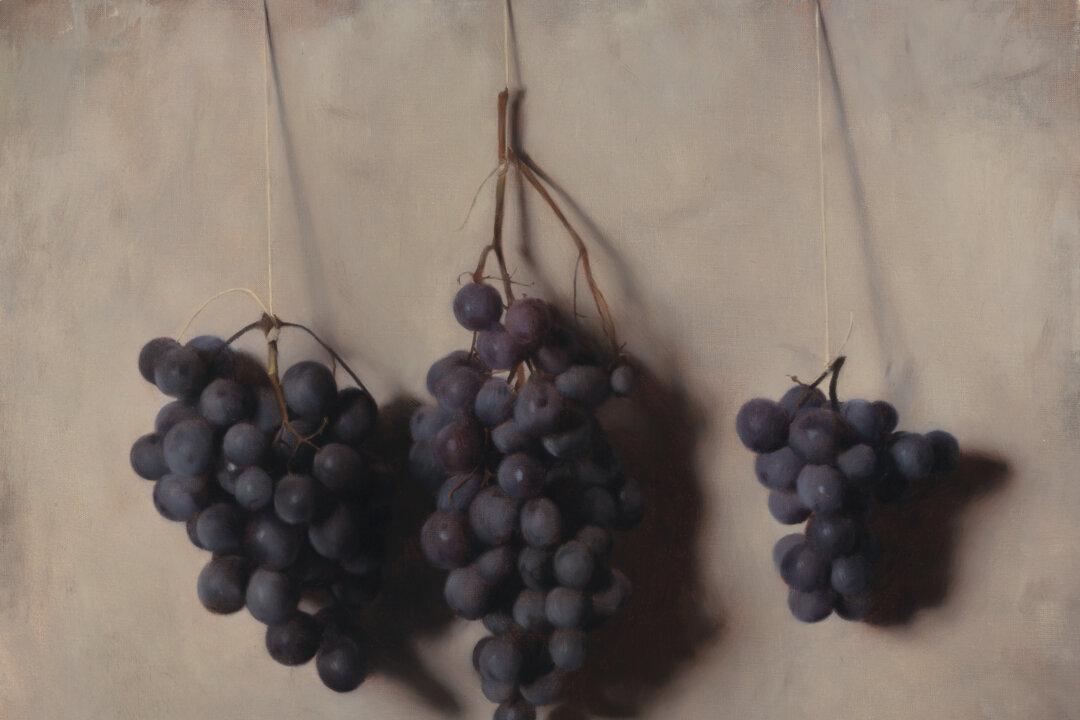In this column, “The Masters’ Thread” (ept.ms/mastersthread), artists share their thoughts about how one master’s piece inspires their current work.
During my student days at the Pennsylvania Academy of the Fine Arts, I discovered that I had an affinity for painting things rather than people or landscapes. Whether I worked from a model or painted plein air, I always came back to still-life painting.
The process of setting up objects, taking them down, and rearranging them many times over was deeply satisfying to me. It was a space of creativity where I could unchain my imagination. Painting the actual subjects to create the illusion of various textures was also of intense interest to me.
I spent many afternoons in the school library acquainting myself with some of the luminaries of still-life painting, such as Juan Sánchez Cotán, Jan van Huysum, Willem Claesz Heda, Jean-Siméon Chardin, Anne Vallayer-Coster, Emil Carlsen, Hovsep Pushman, Henri Fantin-Latour, and Claudio Bravo, as well as many painters who worked in other genres as well.
Though Chardin, and later Bravo, would become very influential to me at various points in my artistic development, here I wanted to acknowledge a lesser known still-life painter named Joseph Decker, who was one of my early heroes, and whose work still feels relevant to me today.
Decker was mostly known for his small, humble still-life paintings, which he created during the late 19th century. Often his subjects were small baskets of fruit, like strawberries, plums, and grapes, similar to those you might find at a roadside farm stand. He also painted tightly cropped sections of fruit trees, with the branches full of fruit and leaves, set against a blue sky. The cropping on these fruit trees was considered very unorthodox for the time and was likely influenced by photography.


